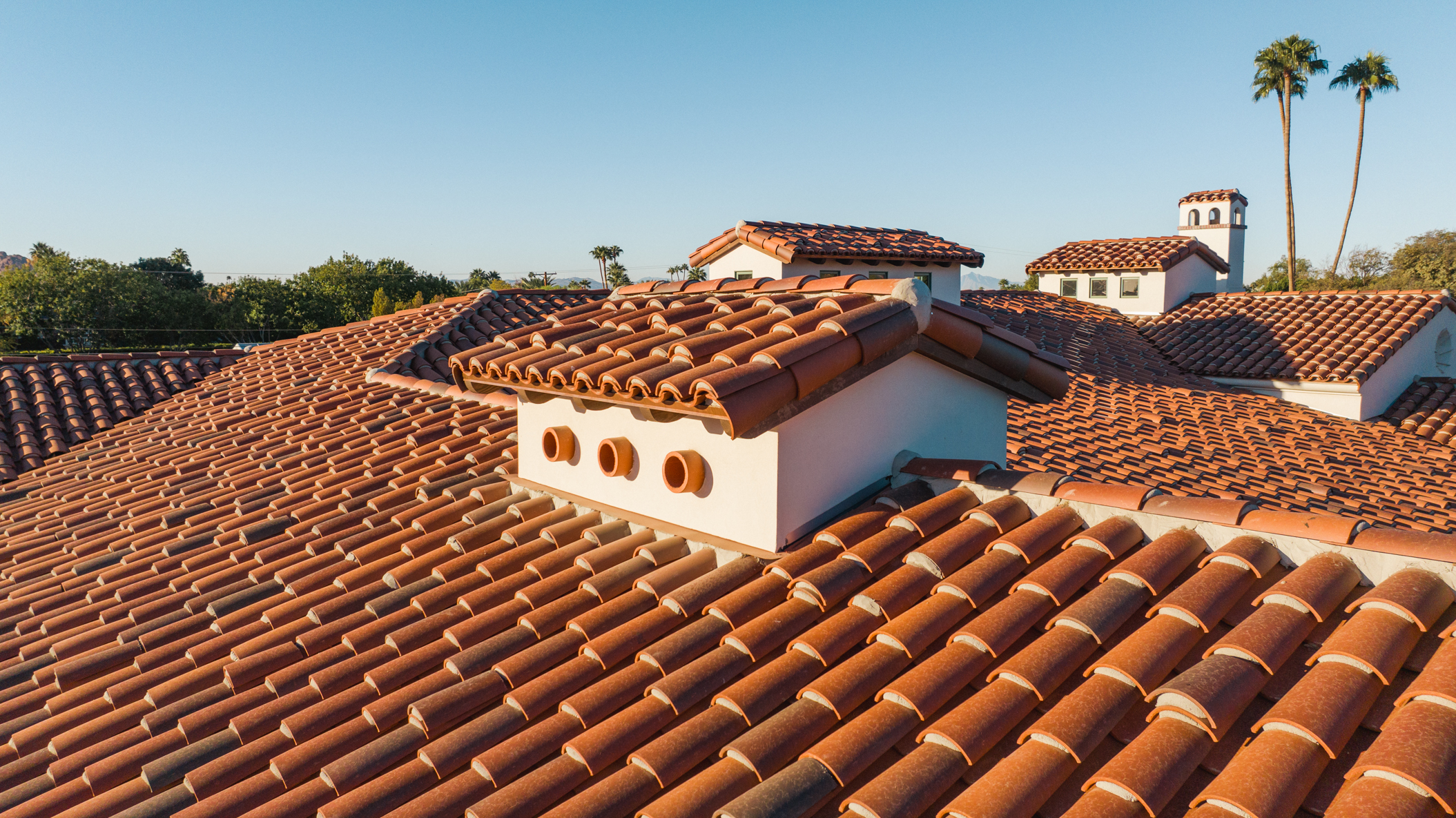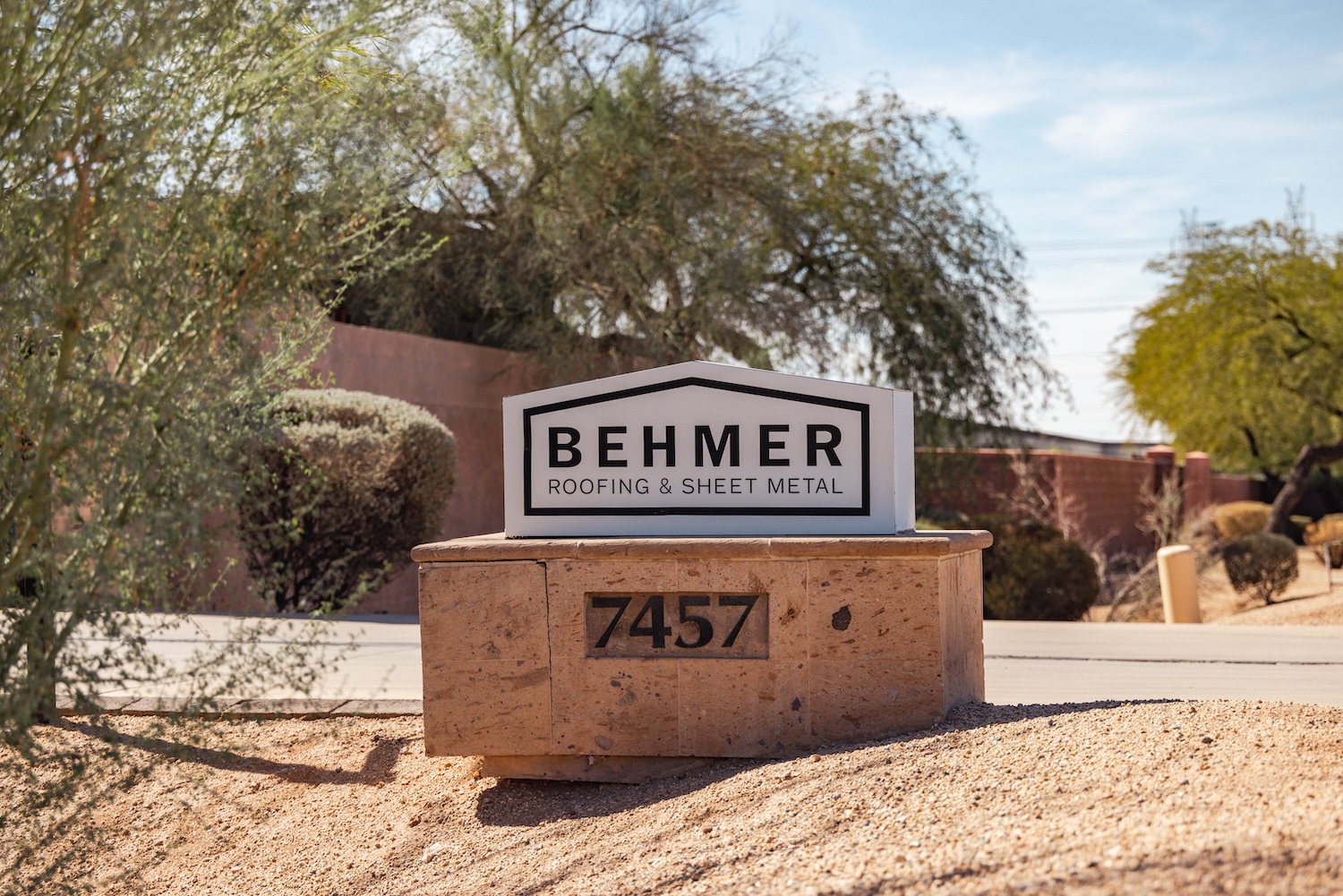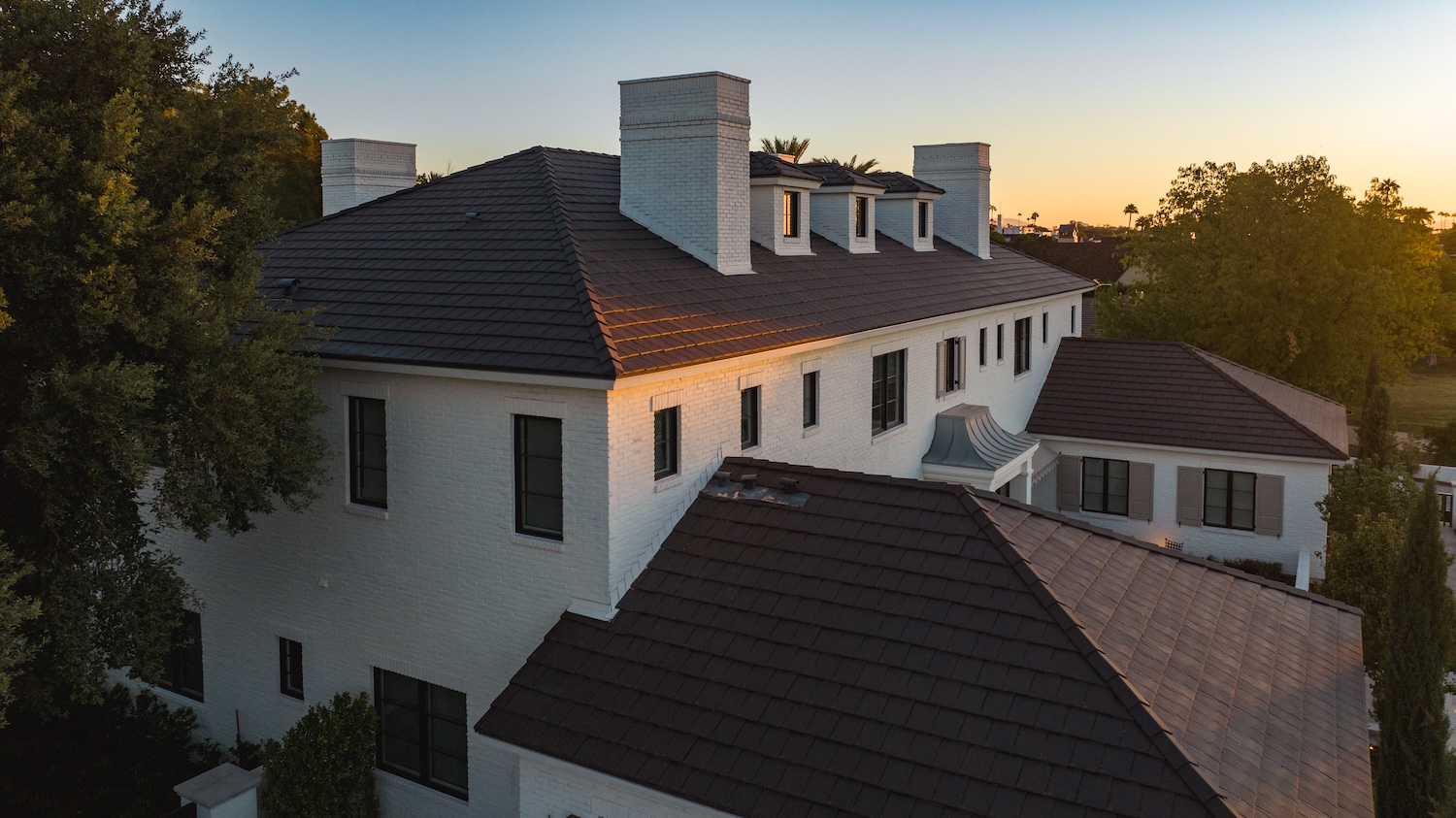How Often to Inspect Your Roof in Arizona

Your Simple Arizona Roof Inspection Timeline
For homes in Scottsdale, Phoenix, Cave Creek, Paradise Valley, and surrounding areas, we recommend regular roof inspections at least twice per year. Late spring, before monsoon season, and fall, after storms have subsided, are ideal times. Regular roof inspections allow homeowners to identify minor issues before heavy rains lead to costly roof damage.
Spring inspections are particularly crucial because winter temperature shifts can cause roofing materials to expand and contract, creating cracks or loose seals. Identifying and addressing these early can maintain your roof's structural integrity and extend its expected lifespan.
In addition to homeowner inspections, scheduling a professional roof inspection every two to three years is wise. At Behmer Roofing, our licensed and insured in-house professionals offer comprehensive assessments, giving you confidence in your roof's condition and long-term stability.
Arizona's Climate and Your Roof
Arizona’s extreme weather, ranging from scorching sun to intense monsoon storms, significantly impacts roof materials.
The Intense Arizona Sun
Arizona’s relentless sunshine exposes roofs to powerful UV rays. Asphalt shingles, common in Arizona, can dry out, crack, and become brittle. Tile roofs, popular in Scottsdale, experience deterioration of underlayment, the waterproof layer beneath tiles, which can crack and compromise waterproofing.
Ensuring proper attic insulation or considering cool roofing materials can help mitigate heat effects, reducing energy costs and prolonging your roof's life.
Monsoon Season Challenges
Monsoon season, typically from June to September, brings sudden, severe storms with strong winds and heavy rain. Winds can dislodge shingles or tiles, exposing vulnerable roof areas. Additionally, heavy rainfall can lead to water pooling on flat roofs, causing leaks if drainage is inadequate.
Regular maintenance, including clearing gutters and ensuring proper drainage, is essential to avoid water damage.
DIY Roof Maintenance Checklist
Performing a safe, ground-level visual inspection regularly can help homeowners identify potential issues:
- Missing or Damaged Shingles: Check for curled, cracked, or missing shingles.
- Cracked or Slipped Tiles: Look for misplaced, cracked, or chipped tiles.
- Granule Loss: Notice granules accumulating near downspouts, indicating aging shingles.
- Flashing Problems: Inspect metal strips around chimneys and vents for rust or damage.
- Algae or Moss: Identify dark streaks or stains that could indicate trapped moisture.
- Debris: Remove leaves or branches that trap moisture, causing deterioration.
This routine complements professional inspections, keeping your home secure.
Interior Roof Check
Inspecting your attic can reveal hidden roof damage:
- Check for light entering through tiny holes.
- Look for dark stains or moisture signs on wood surfaces.
- Notice musty odors indicating hidden mold or moisture.
- Feel for soft or sagging decking, signaling structural issues.
When to Call Behmer Roofing
While DIY checks help, professional roof inspections by Behmer Roofing’s expert team are essential for detailed assessments. Contact us immediately if:
- You've experienced significant storm damage.
- You notice water stains or leaks.
- Your roof approaches its typical lifespan (20 years for shingles, 30 years for tiles).
- You're involved in buying or selling property.
- You have concerns or questions about your roof’s condition.
Our team provides transparent, professional evaluations, ensuring your home's safety and your peace of mind.
Common Roof Maintenance Myths Debunked
- New Roofs Need No Inspection: Even new roofs require regular checks due to potential storm damage or installation issues.
- Small Leaks Can Wait: Immediate attention prevents costly internal damage.
- Intact Tiles Mean No Issues: Tiles may appear intact, but underlayment damage can cause unseen leaks.
Different Roof Types, Different Needs
Each roof type common in Arizona has unique inspection needs:
- Tile Roofs: Check for cracked tiles and underlayment condition.
- Flat Roofs: Watch for ponding water, blisters, and coating damage.
- Metal Roofs: Inspect for loose fasteners, scratches, and sealant issues.
- Asphalt Shingles: Monitor granule loss, curling edges, and cracking.
Conclusion
Thinking about your roof does not have to be a major source of anxiety. By breaking it down into simple, manageable steps, you can feel in control. A quick look from the ground before and after monsoon season, combined with a look in the attic, can tell you a lot.
Remembering how often to inspect your roof in Arizona, twice a year visually and every few years by a professional, is the best way to protect your home. This simple routine helps prevent small issues from turning into big, stressful problems that can cost a fortune. Following these maintenance tips can help you save thousands on major repairs.
A well-maintained regular roof protects everything underneath it. Taking care of your home is a powerful way of taking care of yourself and your family. You are creating a s


